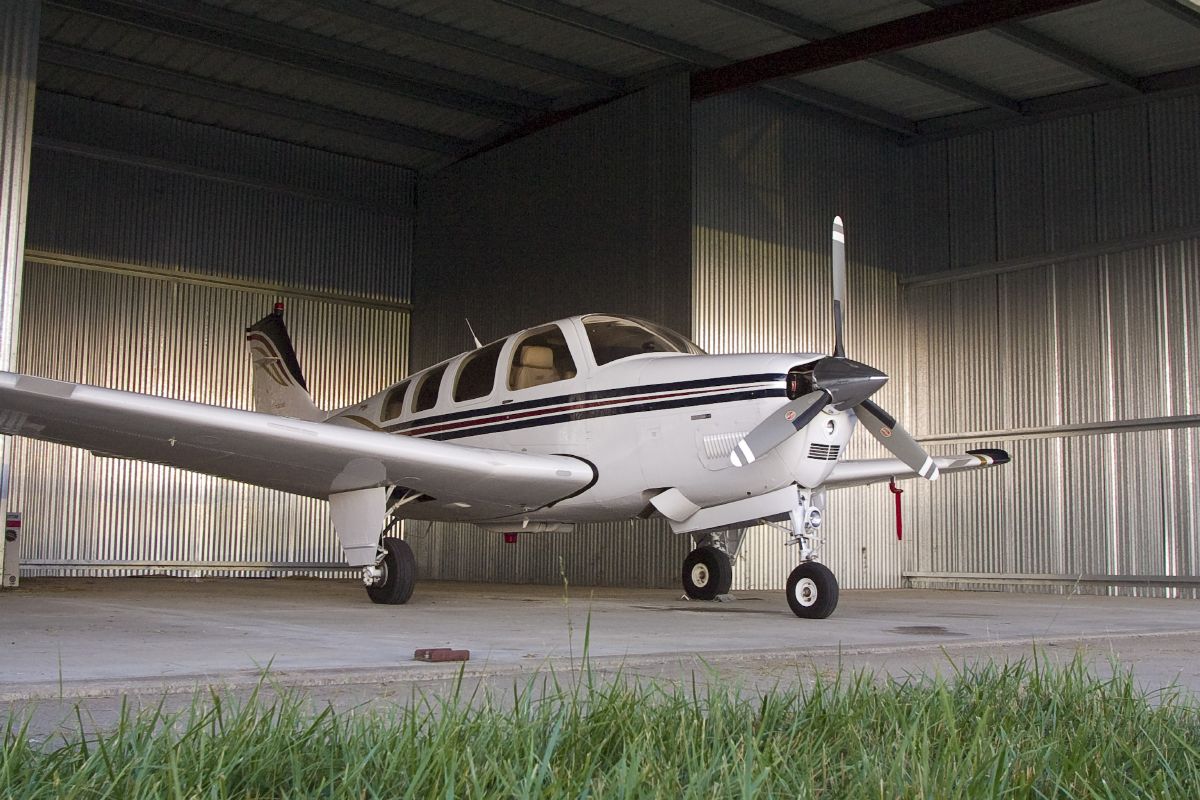Debt Service: W2 vs Business Owners
8th July 2022
By Adam Meredith

When it comes to purchasing an aircraft, W-2 wage earners and business owners are viewed differently by lenders. Most options for aircraft acquisition for wage earners are based on cash flow, not assets. Therefore, a W-2 wage earner will be evaluated on a debt-to-income basis.
The lender will calculate all monthly debts, including the forecasted debt of the new aircraft and cost of ownership (estimated expenses related to the aircraft). Then it’s a simple matter of dividing one’s debt by one’s income. Generally speaking, a lender wants that ratio to be less than 45%.
Business owners are assessed similarly in that they, too, must demonstrate an ability to repay the loan for its entire term. But how business owners pay themselves also figures into their overall financial picture. That’s because many business owners don’t pay themselves a wage but take money out of distributions of retained earnings from the company. Or they may give themselves a smaller salary, supplementing it with distributions.
That’s why for loan applications by self-employed individuals or business owners, lenders are focused on the individual’s global debt service coverage. This debt includes all the various business entities in which the individual has ownership or control.
From that, the lender will evaluate the available cash flow or net income. Then they’ll add back depreciation, back interest, back amortization and even prospective taxes. This gives the lender a clearer understanding of cash flow. From those total debts, the lender will determine an ability to pay debt service at a level typically 1.25 to 1.35 times greater.
A business owner may want to dismiss, discount or exclude a K-1, or an entity in which they have significant ownership that’s showing a loss. For a lender, losses are as significant as gains. They’ll want to know how the business owner is compensating for that loss, especially as it relates to the ability to cover all debts, including the aircraft loan. In many circumstances, the business will need to be a guarantor on the loan, particularly when it’s the primary income for the applicant and/or the plane is being registered to this entity.
For those reasons, the financial picture for a business owner can be much more complicated than that of a W-2 employee. A wage earner can typically just submit tax returns with the loan application. A business owner will want to submit financials in which a lender can have a certain degree of confidence, like two or three years’ worth of CPA-prepared financials, or interims. At minimum lenders will require the last full two years business tax returns and year-to-date profit and loss, balance sheet, and debt schedule that accounts for all debts attached to the business.
Great advice. Great rates. From helpful and responsive reps you can trust. Three good reasons to turn to AOPA Aviation Finance when you are buying or refinancing an airplane. If you need a dependable source of financing with people who are on your side, just call 800.62.PLANE (800.627.5263), or click here to request a quote.

AOPA Finance Team
Knowledgeable and friendly aircraft finance professionals you can trust to find the best terms for your financing needs. Our goal is to make aircraft ownership more affordable and accessible to pilots.